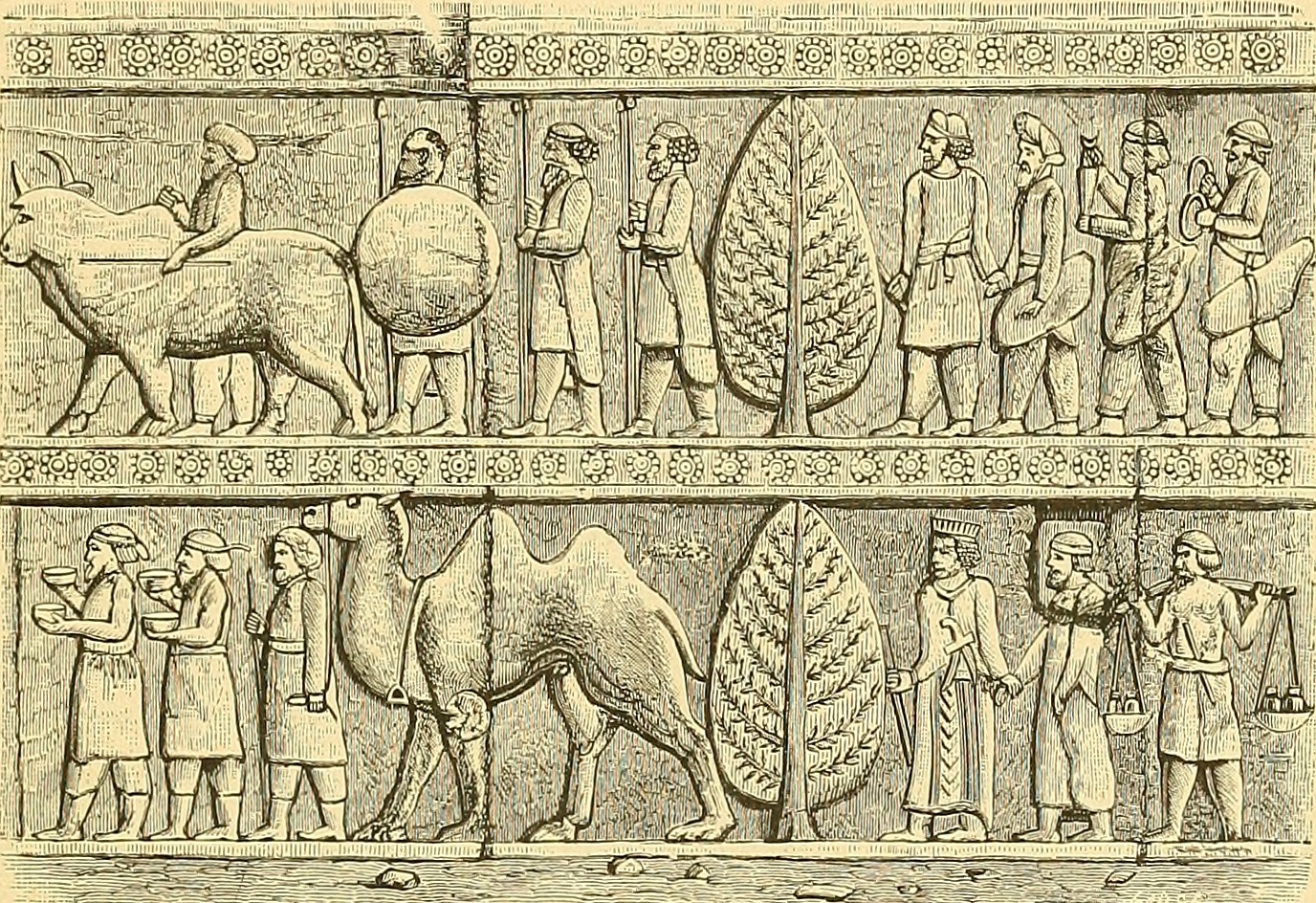 Evolution & Behaviour
Evolution & Behaviour
How humans gave acne to the grapevine
Evolution follows many routes. Here is how the acne-causing bacteria adapted and evolved on a particular host...grapevine!

Many organisms, ourselves included, host diverse communities of microorganisms that live on and within us. Plenty of these are bacteria and with time, some adapt to live and depend so intimately with their hosts that eventually, life without them is almost impossible. However, in some rare cases, bacteria can switch and adapt to a different host, much like other organisms may adapt to new ecosystems. So far, this has been observed mainly between hosts that are closely related. For example, bacteria depending on one insect species can switch to another insect species and adapt to the new host.
One bacterium that lives closely with us humans is Propionibacterium acnes (P. acnes), usually present in our skin, sometimes causing acne. In this study, the authors report the discovery of a strain of P. acnes far from its customary human host and instead well adapted to living in a plant, the grapevine (Vitis vinifera L.). The bacterium was initially detected when its genetic material (its DNA) was found in a DNA sample of grapevine. Further tests were done to prove that the detection of P. acnes was not due to contamination from human handling of the samples, which is the most common source of such findings. Using a technique called “fluorescence in situ hybridization” (FISH), the authors were able to directly visualize the P. acnes bacteria inside grapevine tissues. Using this technique, they tagged P. acnes’ DNA with a fluorescent dye, making the bacteria shine brightly when irradiated with a laser and easy to spot with a microscope. This is the first ever reported bacterial host transfer between humans and a plant.
Once the natural presence of the P. acnes bacteria in grapevine was confirmed, it was time to ask questions: Are the P. acnes strains in humans and in grapevine different? If so, how are they related? Has the grapevine strain specialized to its plant host? When and how did they begin to have different hosts?
A comparison of the differences and similarities in the DNA sequences of a ribosomal gene from P. acnes in humans and grapevine showed that they are, in fact, different strains. Based on these data, the new strain was named P. acnes type Zappae (P. Zappae for short), in honor of the eccentric composer Frank Zappa. However, when the sequence comparisons were repeated with two additional genes, P. Zappae did not appear to be different to P. acne, in contrast to what was found earlier. The authors argue that the different results are caused by an evolutionary phenomenon called incomplete lineage sorting. This phenomenon arises when different strains have not (yet) diverged completely in their DNA sequence: some genes are still virtually identical in both species while others differ substantially. This can be typically observed in events of recent diversification.
One of the genes studied, recA, showed a curious pattern of evolution in P. Zappae: the gene sequence had changed very rapidly, which often happens when genes are not used anymore. Previous studies have shown that the recA gene is often unused in bacteria that have evolved into endocellular symbionts. In this state, not only do the bacteria and the host both nourish and feed from each other, but the bacteria actually live inside the hosts' cells! In humans, P. acnes is not an endocellular symbiont. This could therefore mean that P. Zappae is specializing in its plant host.
Finally, using the rate of DNA sequence change in the recA gene to estimate its speed of evolution, the authors could calculate how old the P. Zappae strain is. Using a few different methods of analysis to be sure of the quality of their results, the authors found that P. Zappae appeared around 7,500-6,300 years ago, a date that matches with the time in which humans began to cultivate grapevine.
Based on these results, they conclude that around 7,000 years ago, humans transferred P. acnes to grapevine when cultivating it. This strain is now P. Zappae, a version of P. acnes that has managed to adapt to a very different host.
Original Article:
Campisano A, Ometto L, Compant S et al. Interkingdom Transfer of the Acne-Causing Agent, Propionibacterium acnes, from Human to Grapevine. Molecular Biology and Evolution. 2014;31(5):1059-1065. doi:10.1093/molbev/msu075.Edited by:
Dr. Tobias Preuten , Editorial Advisor - Review operation manager
We thought you might like
Tara Oceans Expedition sequences the ocean
Nov 24, 2015 in Earth & Space | 4 min read by Chris BowlerLiving without mitochondria: the downfall of one textbook truth
Oct 3, 2016 in Evolution & Behaviour | 3.5 min read by Lukáš NovákAmoebas trap bacteria using nets of DNA: the same mechanism as human immune cells
Jan 27, 2017 in Evolution & Behaviour | 3.5 min read by Lukáš NovákSymbiogenesis: how algae and bacteria shaped new genes together
May 3, 2017 in Evolution & Behaviour | 3.5 min read by Raphaël Méheust , Eric BaptesteMore from Evolution & Behaviour
Rudimentary form of syntax present in chimpanzees
Nov 29, 2023 in Evolution & Behaviour | 3 min read by Maël LerouxAn incredibly massive ancient whale skeleton reveals a new way to become a giant
Nov 27, 2023 in Evolution & Behaviour | 4 min read by Olivier LambertVikings and Migrants: Unravelling Scandinavia's Genetic Mosaic in the Viking Era
Nov 13, 2023 in Evolution & Behaviour | 3 min read by Anders Götherström , Ricardo Rodríguez VarelaFish identify themselves in mirrors and portraits
Oct 18, 2023 in Evolution & Behaviour | 3.5 min read by Masanori Kohda , Satoshi Awata , Shumpei SogawaEditor's picks
Trending now
Popular topics


